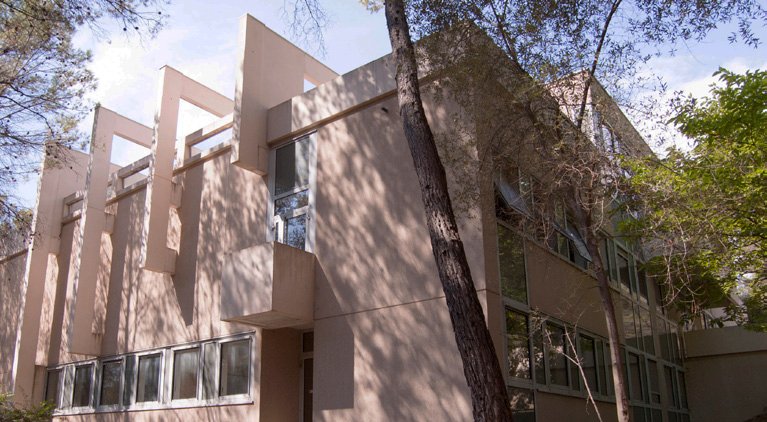The Research Center for Heteroepitaxy and its Applications (CRHEA) is a CNRS/Université Côte d’Azur research laboratory specializing in the study of materials. CRHEA develops the epitaxy of wide bandgap semiconductor materials such as III-nitride materials (GaN, AlN), zinc oxide (ZnO), silicon carbide (SiC) as well as the growth of 2D materials (graphene, transition metal dichalcogenides). CRHEA is also developing in its clean room micro- and nanofabrication of materials to produce photonic, optoelectronic and microelectronic devices as well as devices for health and quantum technologies.
The main areas covered by CRHEA concern the energy transition, the information and communication technologies of the future, the environment and health. CRHEA also carries out fundamental studies in nanoscience and crystal growth.
Materials with wide bandgap energy are key elements for power electronics, very high frequency electronics, LED-based lighting and new generations of micro-displays. The laser sources operating in the visible and in the Ultra-Violet produced at CRHEA have multiple applications for lighting, biophotonics and for water purification. Metasurfaces make it possible to produce components for controlling light wavefronts and have applications for ultra-flat lenses or Lidars. Quantum materials are developed at CRHEA for quantum simulations and quantum communications. CRHEA also develops components for photovoltaics, photonic circuits, components for spintronics and sensors.
The laboratory has nine molecular beam epitaxy growth reactors and six vapor phase growth reactors. It also has tools for structural characterization of materials and a clean room for micro and nanofabrication.
CRHEA was behind the creation of three spin-offs (Saint Gobain Lumilog, EasyGaN, Flatlight). It hosts several SMEs (EasyGaN, Flatlight) which benefit from its scientific environment and its technical facilities and collaborate with the laboratory.
CRHEA is a joint research unit (UMR7073) between the CNRS and the University of Côte d’Azur. At CNRS, CRHEA is attached primarily to CNRS Physics and secondarily to CNRS Ingénierie. The CRHEA premises are located in the heart of the Sophia-Antipolis technology park in Valbonne, at short distance from Cannes, Antibes and Nice.
View the CRHEA presentation brochure...



